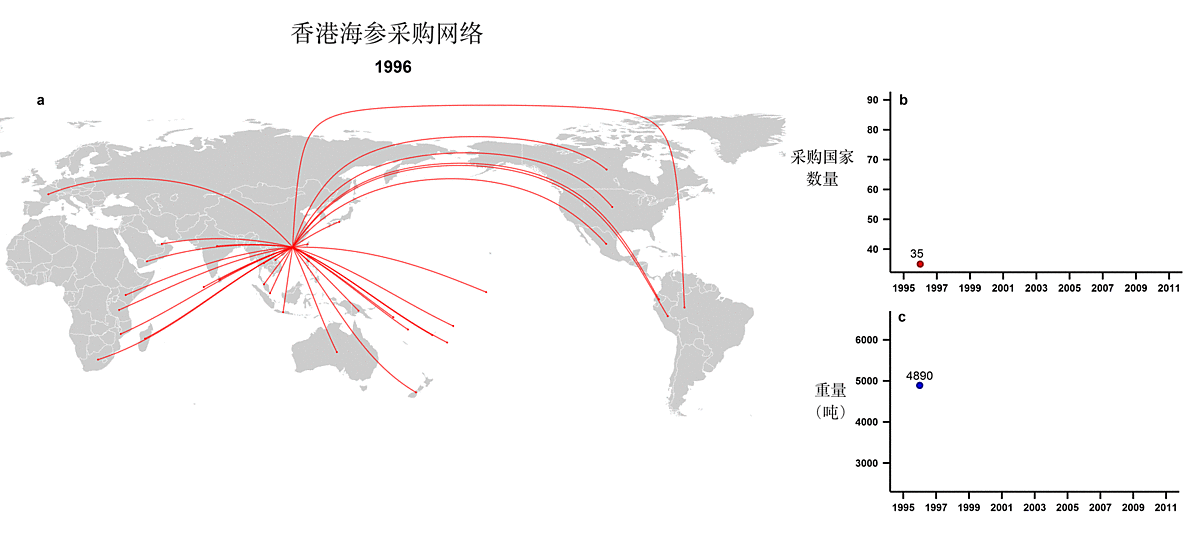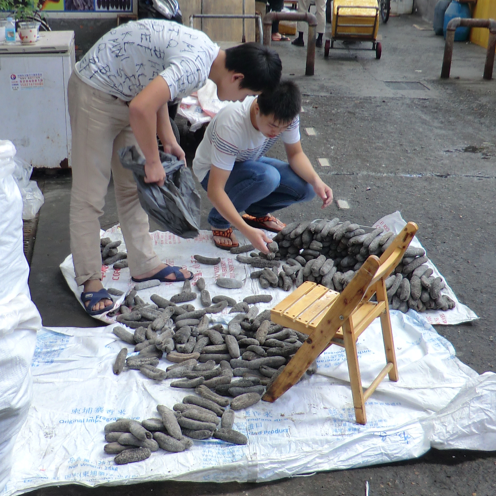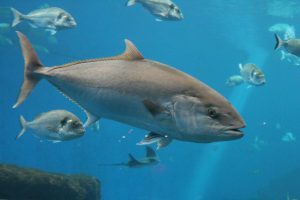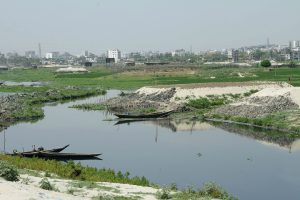Sea cucumbers, widely known by the name for their dried form, bêche-de-mer, are animals that have been harvested for consumption in China for centuries. They play important ecological roles including redistributing sediments on the ocean floor.
They have been documented in handbooks of traditional Chinese medicine, and are regarded as treatments for kidney problems and for impotence. They are still commonly consumed for health reasons, sometimes featuring in new product forms such as “Holothurian wine” or soap.
They are also commonly eaten as a luxury food item at banquets alongside other seafood delicacies including abalone, fish maw, lobster and reef fish.
In northern China, the Japanese spiky sea cucumber (Apostichopus japonicus) is preferred. This species is farmed heavily in Shandong and Liaoning provinces in the northeast, but is also wild-caught in China and neighbouring countries such as Japan, Russia and the Koreas.
Depending on the quality, this species can sell for more than US$600 per kilogramme (3,765 yuan) in some markets. While in southern China, a greater diversity of sea cucumbers are consumed, including a wide range of tropical species such as sandfish, white teatfish and black teatfish.
Growing appetite
Since China’s economic reforms began in 1978, seafood consumption and trade have expanded accordingly. By 2030, it is estimated that China will account for approximately 38% of all global consumption of fish.
Although Chinese per capita consumption remains lower than in some other countries (e.g. Japan), the size of China’s population means that the environmental, economic and social implications of such an increase in consumption are wide-reaching.
While increased seafood trade to China has provided important livelihood benefits for producers in low-income contexts, overfishing of many species has taken place. Ensuring traceability of these complex supply chains is difficult.
The case of sea cucumbers provides an illustrative example of the challenges posed by rapidly growing seafood trade and consumption in China.
Endangered species
The rapid expansion of seafood consumption in China is reflected in the significant increase in trade to China.
Between 1996 and 2011, the number of countries supplying the Chinese sea cucumber market expanded from 35 to 83. Over 90% of the world’s tropical coastline now lies within countries that export sea cucumbers to Hong Kong, a large proportion of which are traded on to mainland China.
In many cases, finance extends from importers in China all the way through the supply chain to individual catchers.
This rapid increase in trade has had negative impacts for the status of sea cucumbers.
How the sea cucumber trade to China has built up over time

Countries that export sea cucumbers to Hong Kong. Credit: Frontiers in Ecology and the Environment; Eriksson, Andrew (University of Wollongong); Osterblom, Crona, Troell (Stockholm University).
Source: Dr Allen To, WWF Hong Kong
Globally, at least 38% of sea cucumber fisheries are overfished.
Under the International Union for Conservation of Nature’s Red List, seven species of sea cucumbers are listed as Endangered, while a further nine are listed as Vulnerable. Twenty-four countries have closed, or attempted to close their sea cucumber fisheries due to overfishing.
In Papua New Guinea, for example, the sea cucumber fishery expanded rapidly in response to growing Chinese demand in the 1980s. Throughout the 1990s and early 2000s it boomed, and Papua New Guinea became one of the biggest producers of sea cucumbers in the world.
Catch quotas were instituted, but unfortunately these were unable to successfully regulate the fishery, and widespread overfishing took place.

A moratorium on exports was implemented in 2009, lifted only in 2017.
While the trade had provided significant economic benefits to local households, in many cases these economic benefits were short-lived and did not translate into more broad-based forms of livelihood improvement.
Because most of the earnings went to young men, there were accounts of money being spent on entertainment and alcohol, and few Papua New Guineans were able to participate in business and trading further up the “value chain”.
Solutions needed
There are many challenges to improving the governance of sea cucumber fisheries and other high-value seafood exports to China.
Conventional forms of fisheries management have typically implemented regulations at the site of production. Yet in cases such as sea cucumber fisheries, the strength of market demand simply overwhelms any local institutions working to promote sustainability.
At the demand end, market-based tools such as certification and eco-labels have been developed as a way for consumers and traders to participate in governing the trade through exerting market pressure for environmentally sustainable seafood.
Yet in China, demand for environmentally sustainable seafood is not currently widespread, and there is a strong perception that environmental regulation is the business of government, not markets.
Most importantly, any initiatives to improve the environmental sustainability of seafood consumed within China will suffer from the widespread problems of traceability.

Traceability, being able to track where seafood has come from, is a fundamental precondition for most sustainability initiatives.
In particular, the so-called “grey trade” has contributed much to the problems of poor seafood traceability within China. This involves the clandestine transportation of seafood products into mainland China via nearby trading hubs, chiefly Hong Kong and Vietnam, in order to avoid paying import tariffs.
While China is signing up to greater numbers of free trade deals, the grey trade remains a common route for sea cucumbers and other luxury seafood imported into China, which dramatically reduces traceability.
However, the appetite for the government to strictly enforce import laws on the grey trade appears to be increasing, with several high-profile seizures of seafood and prosecutions of seafood traders.
This may be linked to the fact that improved traceability is also central for food safety regulation, something that is of extremely high concern among the public and that the government is keen to work on.
More generally, it may also form part of the Xi administration’s broader agenda to crack down on corruption, something that has already negatively impacted the luxury seafood sector through reduced spending on banquets.
These sorts of wider governance initiatives may in the long-term prove crucial for the improved management of economically and ecologically important fisheries traded to China – of which sea cucumbers are just one.








